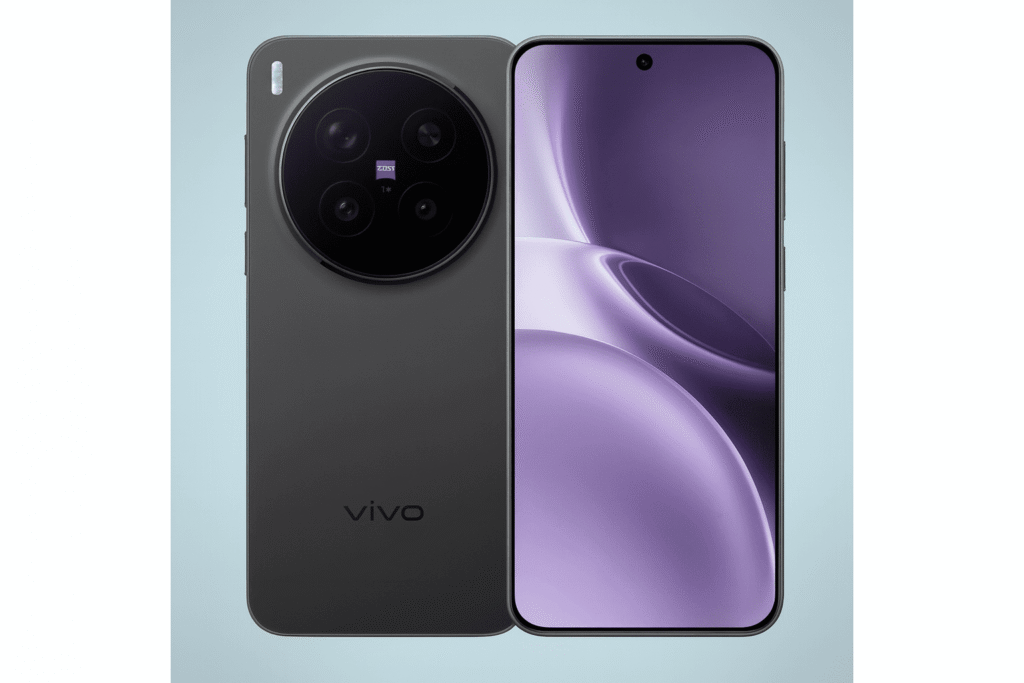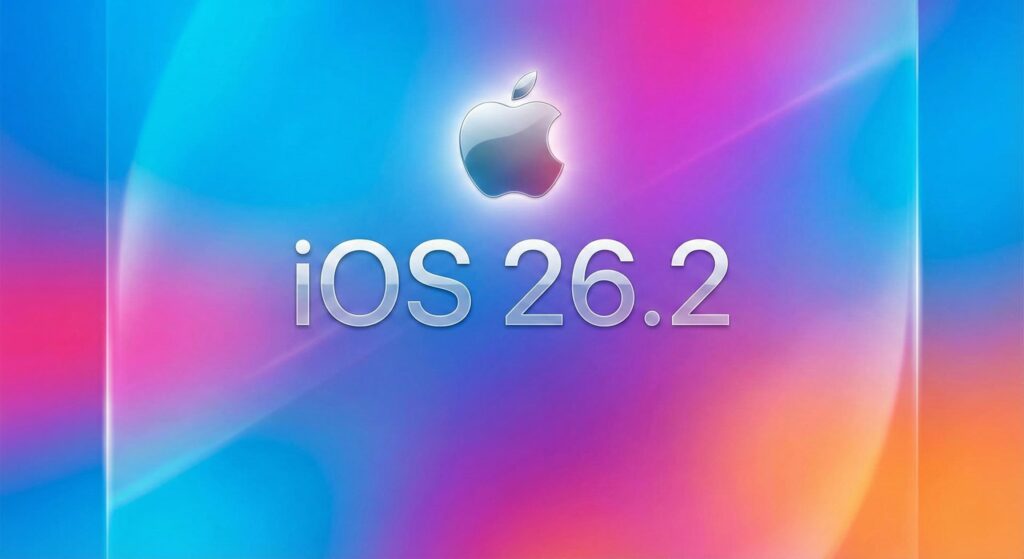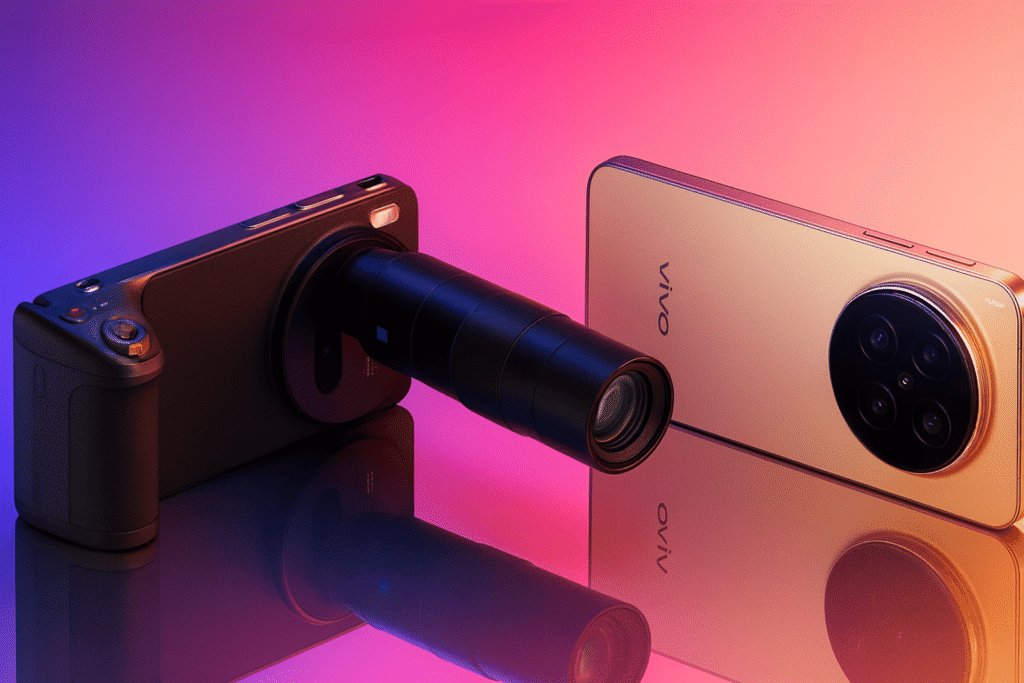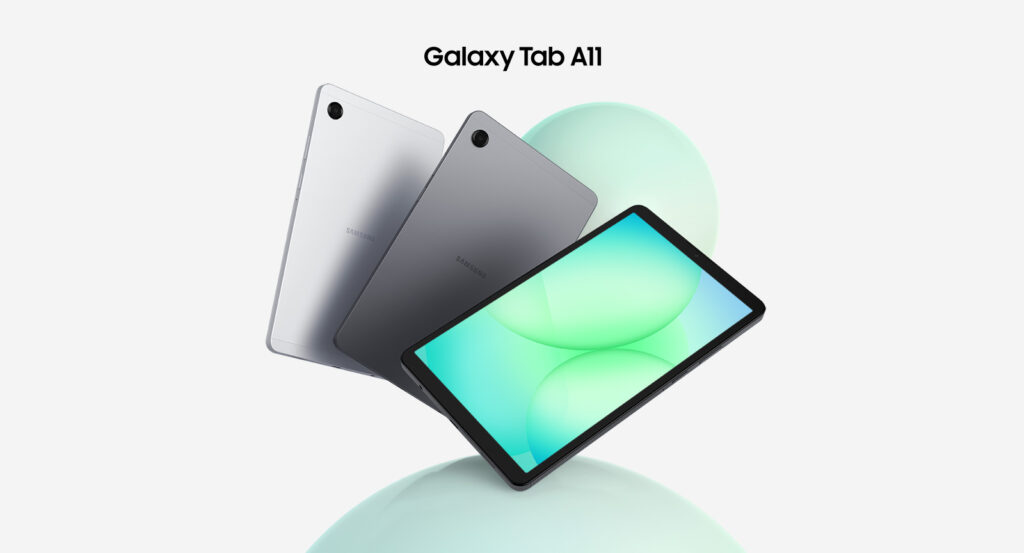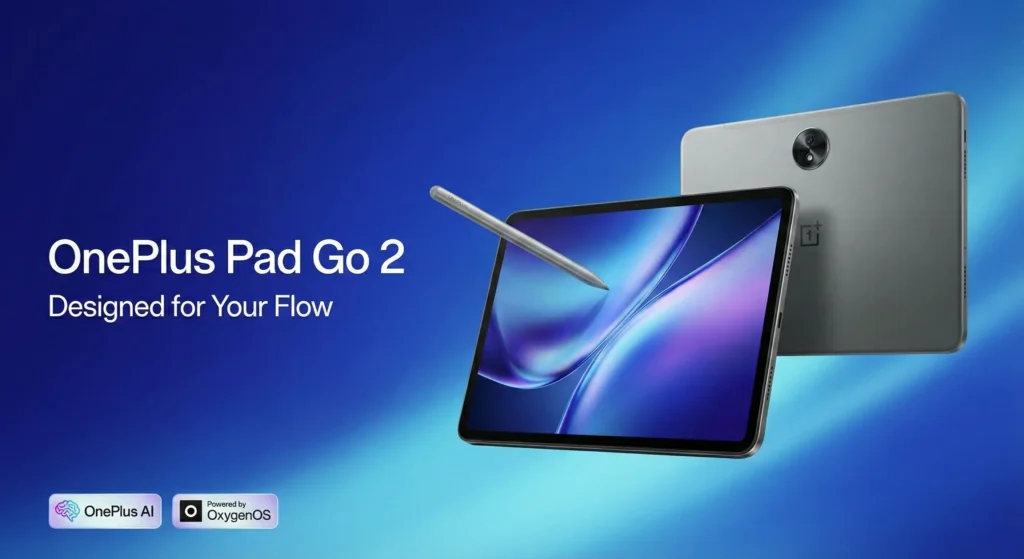vivo X300 Pro Price in India and Why It May Break the Premium Segment
The Vivo X300 Pro lands in India at ₹1,09,999, instantly staking its claim in the ultra-premium league. With a 200MP telephoto camera, flagship Dimensity power, and a massive 6510mAh battery, it’s built for users who want cutting-edge imaging over compromise. Here’s the full breakdown of what you get for the price. The Vivo X300 Pro is a genuine premium-segment disruptor thanks to its powerhouse Dimensity 9500 chip, ZEISS-tuned triple-camera setup with a standout 200MP telephoto lens, and dedicated imaging hardware that pushes low-light and zoom performance beyond typical flagships. Add a 1.5K LTPO display, IP68/IP69 durability, and a massive 6510mAh battery, and you get a device that challenges rivals not just on specs but on real-world capability. It’s built for users who want pro-grade photography and flagship performance without paying ultra-luxury prices. The camera system gets a major upgrade with a ZEISS-tuned 50MP main sensor, a standout 200MP periscope telephoto, and a sharper 50MP ultra-wide. Improved stabilization, faster processing, and long-range zoom support including the optional ZEISS extender make it a powerhouse for low-light shots, portraits, and distant subjects. Vivo X300 Pro: Power, Design & Battery Powered by a 3nm MediaTek Dimensity 9500 paired with 16GB LPDDR5X and UFS storage, the device delivers flagship CPU/GPU performance with efficient thermals. OriginOS 6’s AI features boost UI responsiveness and multitasking, so both benchmarks and real-world use feel reliably fast and smooth. The design steps into true flagship territory with a sleek 6.78″ flat LTPO AMOLED display, ultra-slim bezels, and premium materials. IP68/IP69 protection, refined color finishes, and a well-integrated camera module give it a polished, high-end feel, while the textured back improves grip and everyday durability. The 6.78″ 1.5K LTPO AMOLED display delivers a sharp 2800×1260 resolution, adaptive 1–120Hz refresh rate, and an impressive 4500-nit peak brightness for clear outdoor visibility. HDR10+ support and wide P3 color coverage make visuals vibrant and accurate, while high-frequency dimming and optimized refresh handling improve comfort and battery efficiency. Overall, it’s brighter, smoother, and noticeably sharper than previous generations. A massive 6510mAh battery paired with 90W wired FlashCharge (40 minutes to full), 40W wireless charging, and reverse wireless delivers class-leading endurance and quick top-ups. While a few rivals offer faster charging, this combo of huge capacity and solid wired/wireless speeds outlasts many mainstream flagships in real-world use. Vivo X300 Pro: Power, Design & Battery Vivo X300 Pro competes strongly with Samsung, Xiaomi, and OnePlus with its strong camera setup and long battery life. The 200MP zoom camera and big 6510mAh battery give it an edge. But Samsung, Xiaomi, and OnePlus phones usually offer faster chips, slightly better screens, and stronger ecosystems. Vivo X300 Pro — Mobile Comparison V Vivo X300 Pro Quick Comparison Vivo X300 Pro ChipDimensity 9500 (3nm) RAM16GB LPDDR5X Storage512GB UFS Camera50MP main, 200MP periscope Display6.78″ 1.5K LTPO AMOLED Battery6510mAh, 90W wired Camera-first Large battery ZEISS tuned Best for: photo enthusiasts who need all-day battery. Samsung (flagship) ChipSnapdragon 8 Elite (or Exynos) RAM12–16GB CameraMulti-lens versatile system DisplayTop-tier AMOLED display Battery~5000mAh EdgeDisplay & ecosystem Best display Strong services Best for: display quality and ecosystem features. OnePlus (flagship) ChipSnapdragon Gen 5 RAM8–16GB CameraStrong main sensor + tuning DisplayHigh-refresh AMOLED Battery~4800–5000mAh EdgeSpeed & UI Fast UI Very fast charging Best for: smooth software and raw speed. Xiaomi (flagship) ChipSnapdragon Gen 5 (varies) RAM8–16GB CameraHigh-res sensors DisplayHigh-res AMOLED Battery~5000mAh EdgeValue & fast hardware Great value Strong specs Best for: value-conscious buyers who want top hardware. Quick Comparison FocusVivo: Camera & battery SamsungDisplay & ecosystem OnePlusSpeed & UI XiaomiValue & specs Jump to Vivo Jump to Samsung Note: Specs vary by model/region. This mobile-first layout uses dark-black text for readability on small screens.
vivo X300 Pro Price in India and Why It May Break the Premium Segment Read More »

